20/20 of Leather Savviness
Do you know how to assess leather on your own? There are four phases you should consider before buying your leather goods. In this video, we’ll answer the following questions:
- What signs should you look for that indicates that the leather is of good quality?
- How should you rate your leather goods based on how they look, feel, and smell?
- How should you rate your leather goods based on reading the label that came with it?
- What are some tips that will help you assess whether you’re buying high-quality leather goods from luxury brands?
Let us know about your thoughts and questions. You can comment them down below or directly on the YouTube video. We’ll see you again next time. A quick reminder to be authentic, be leather-savvy!
TRANSCRIPTION / WRITTEN ARTICLE
Hi, everyone! This is Tanner with another practical tip to help you become leather-savvy. In this video, I would like to provide you with a system so you can have a reliable and repeatable methodology to assess the quality of the leather that you’re looking at.
As I’ve said, leather is a touch and feel thing. You need to use your senses and nothing else. You should accumulate the data that you collected through your senses to decide if you’re looking at a good leather or a bad one.
To make it easy for you, I developed a methodology that I call the “20/20 of Leather Savviness.” In this intro, I would like to give you a preview of those steps, and then we’re going to get into details in the following videos.
Basically, you’re going to use your four senses, which are activated by:
-
Looking;
-
Touching;
-
Smelling; and
-
Reading.
After accumulating all the data points that you gathered using this process, you’re going to get a pretty good understanding of the quality of the leather that you’re looking at.
Look Phase
The first step of the 20/20 of Leather Savviness is to look at the leathercraft to get the sensation through your eyes. On a scale of five to one, five being the best, we need to look for imperfect beauty in the leather grain. When you’re looking, you want to check if you can identify any inconsistencies and imperfect beauty coming from nature that’s not hidden or covered up by makeup or man-made processes. This will be the best cue for you to understand that your leather is one of the cleanest hides you can get that can be finished minimally so you can actually see these imperfections. If you see the neck marks, grains, and little scratches, these are all great signs. It makes you feel comfortable – giving that a five for the look step of the 20/20 process.
If you go down the scale, you might find an even color but still has varying grain patterns which means that your leather was not as clean as a full-grain or aniline leather can be so it needed some correction. In that process, the tanneries use some pigments to cover those imperfections because it was too much and reached an even coloring and a smooth and sleek look. But you will still see varying patterns of grain that will still resonate with you in a beautiful sense with a more uniform coloring on it. If that’s the case, that could be somewhere between three and four in your look grading.
If you go down further towards the one, your look sensation will make you say, “Okay, this is way too standard. It looks manmade. Everything is so repetitive, even, and perfect.” This is the best sign that your leather is either genuine leather or a completely heavily covered-up material. It is manmade and it’s the lowest score that you should be giving to this kind of feeling that you get when you’re looking at leathercraft.
Touch Phase
The number two step in the 20/20 of Leather Savviness is to touch. So this is a really difficult one to verbalize and conceptualize but I’ll try my best. The most important point that I can tell you here is don’t overthink it. Try to put your awareness in your fingers and listen to your senses. Just touch it. Don’t think of the brand, don’t even look at the labels yet. Try to trust your gut feeling, whatever it is detecting from your fingers.
So, a five here would be the texture that you feel as you run your hand on this leather. If it is a good leather that is minimally finished or is not too messed up, you will feel that texture and liveliness. You can even touch your own skin. There’s a live vibe to it. Basically, good and real leather have these similar properties. As long as you’re giving your attention to your touch, you will sense this. This step is very subjective and a difficult one but you have to listen to your senses really carefully.
I can’t put a middle verb to describe the touch step so I’m going to try to describe the bottom level in this step. Whenever you touch a completely plastic item and it’s super uniform, you don’t have that varying bumps. It’s usually sleek and there is a dead and dull feeling. You don’t feel the same feeling when you touch your skin. When you touch a plastic item, it feels that you don’t have that energetic connection to it. You’re going to have to make the decision between the one to five scale based on however good you’re feeling after listening to yourself and touching that leathercraft.
Smell Phase
The third step in the 20/20 of Leather Savviness is to smell. This is actually my favorite one and probably one of the strongest ones that you’re going to sense to make your decisions very quickly. A lot of people are familiar with the leather smell that you associate with good leather but it’s hard to find and come across one these days.
Number five on the scale means that the leathercraft is earthy and pleasant. I have a good example here in front of me. I wish there was a better way to communicate the smell over a video but this is a leather from a tannery called La Perla Azzurra in Italy and this leather smells amazing. This is one of the best leathers I’ve seen in my life. From time to time, I stop by to smell this leather in the workshop during the day. It’s just too pleasant. You take the smell and you can’t miss it. It’s just naturally connecting to you. Once you see an item like this and you smell it, you will know it’s a five.
When you go down the scale, number three will be leather that doesn’t smell much. It’s a minimum smell. It doesn’t bother you and it’s not disturbing or unpleasant. Or it could also be possible that it doesn’t smell at all. Some of the chrome-tanned leathers today, they’re intentionally done to not smell much. Some people don’t like a lot of heavy smell that’s why they’re intentionally done with minimal to no smell. It should still be good that’s why we can give it a three or four.
Below the scale, you’re going to start sensing some chemical and petroleum additive (and kind of disturbing) smell. I know most of you are familiar with those unpleasant smells coming from low-quality plastic items. That’s a sign that your leather is overcorrected or you’re maybe looking at a PU and fake leather or those sort of cheap leather alternative items. If you get that unpleasant, chemical, and petroleum smell, that’s a bad sign and you should give it a one or zero on your scale in the smell step.
Read Phase
The last step in our 20/20 of Leather Savviness is to read. This step is purposefully the last step of the 20/20 system because we don’t want to be biased by reading things before we start sensing them. After you complete your first three sensing steps, you’re going to start reading. Now, what should we read here?
If you’re shopping in physical stores, you need to read the label or box and try to see what the manufacturer or craftsman talks about the leather. Does it say it’s made of full-grain leather? Or does it say it’s made of aniline or semi-aniline leather? Does it say it’s vegetable-tanned or veg-tan? These are all great words you can capture from your reading. If you’re shopping online, this is going to be in the product description or the images that you’re looking at. This is scored as five and is considered the top-of-the-line stuff that gives you the clues that you’re looking at a good item.
Number three on the scale includes top grain, corrected grain, buffed grain, or pigmented finishes. This will tell you that the leather was not that clean to start with and it needs some fixing. It’s still good though. Most of the leathers out there have these labels but it’s not your greatest choice. So we will give them a three or four on the scale.
When you go down the scale, you’re going to start seeing genuine leather which is the most confusing one. If you can remember from our previous videos/articles, genuine leather doesn’t mean that it’s the best leather. It’s one of the lowest grades and it’s basically a number two on the scale. There are also some other things below that which are PU leather, faux leather, and vegan leather. Vegan leather is the type of leather that people should be careful about. Some people are confused between vegan leather and veg-tan leather which I agree that it sounds pretty close. But vegan leather is not leather but is an alternative material. That’s why they are part of the bottom of the scale. Whereas, veg-tan leather is at the top of the scale. They are a different thing and are on top-of-the-line stuff.
Once you complete all four steps, you add up the scores. You’re going to end up with a number between 0 and 20. The higher the number is, the greater the quality of the leather goods that you’re looking at. The lower the number, the more mediocre the leather is.
I hope this helps you systematically learn how to identify good leather from bad ones and navigate the space better next time you’re shopping for leather goods.




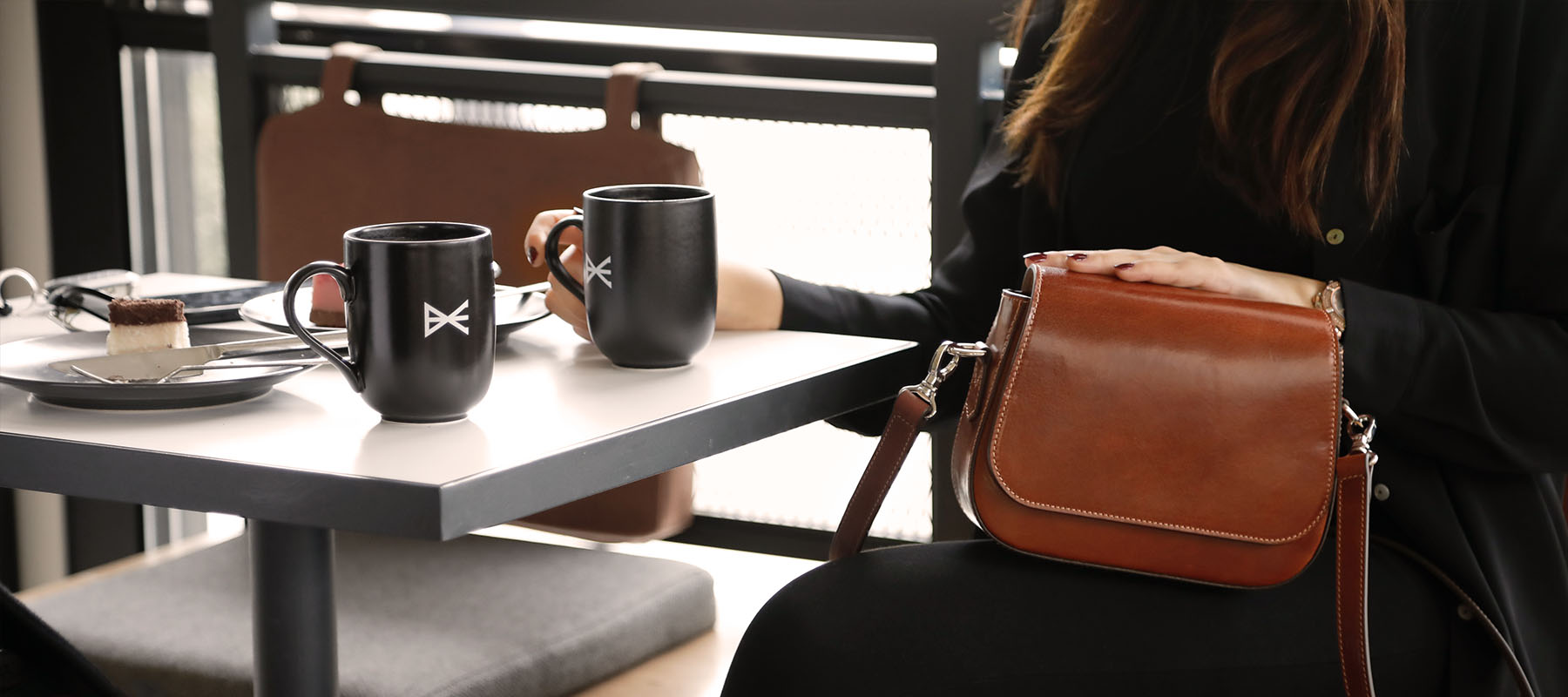
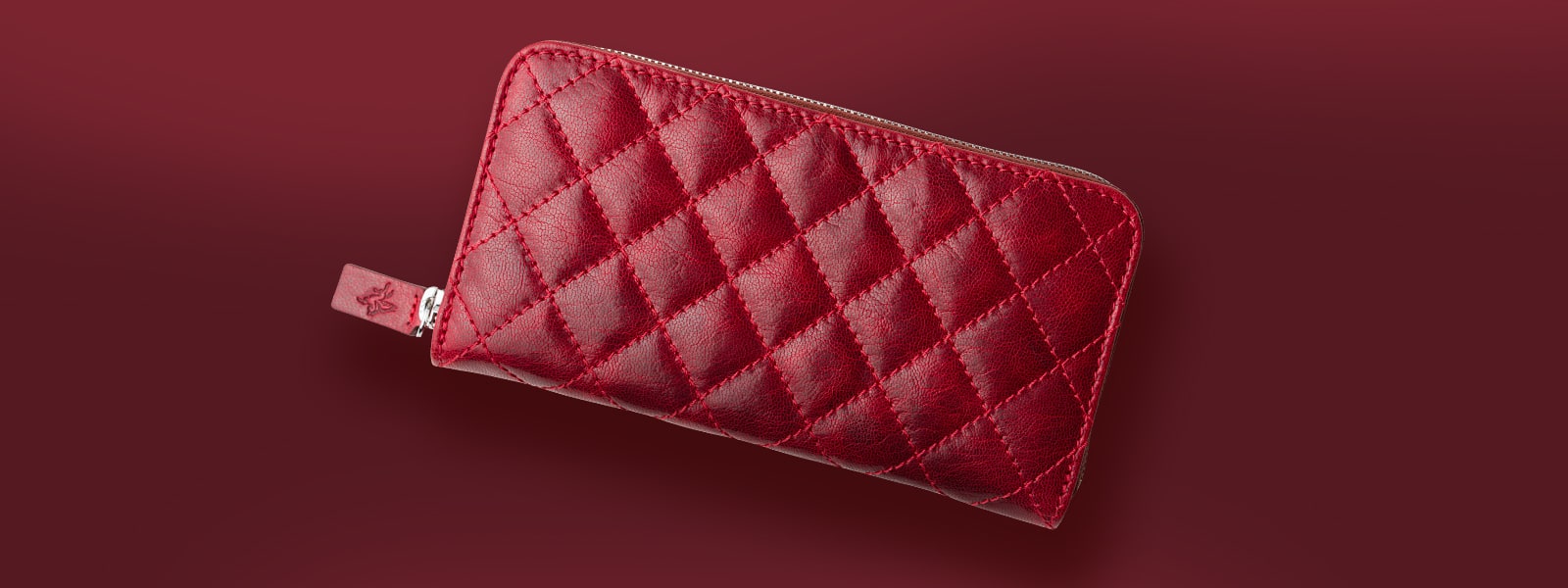
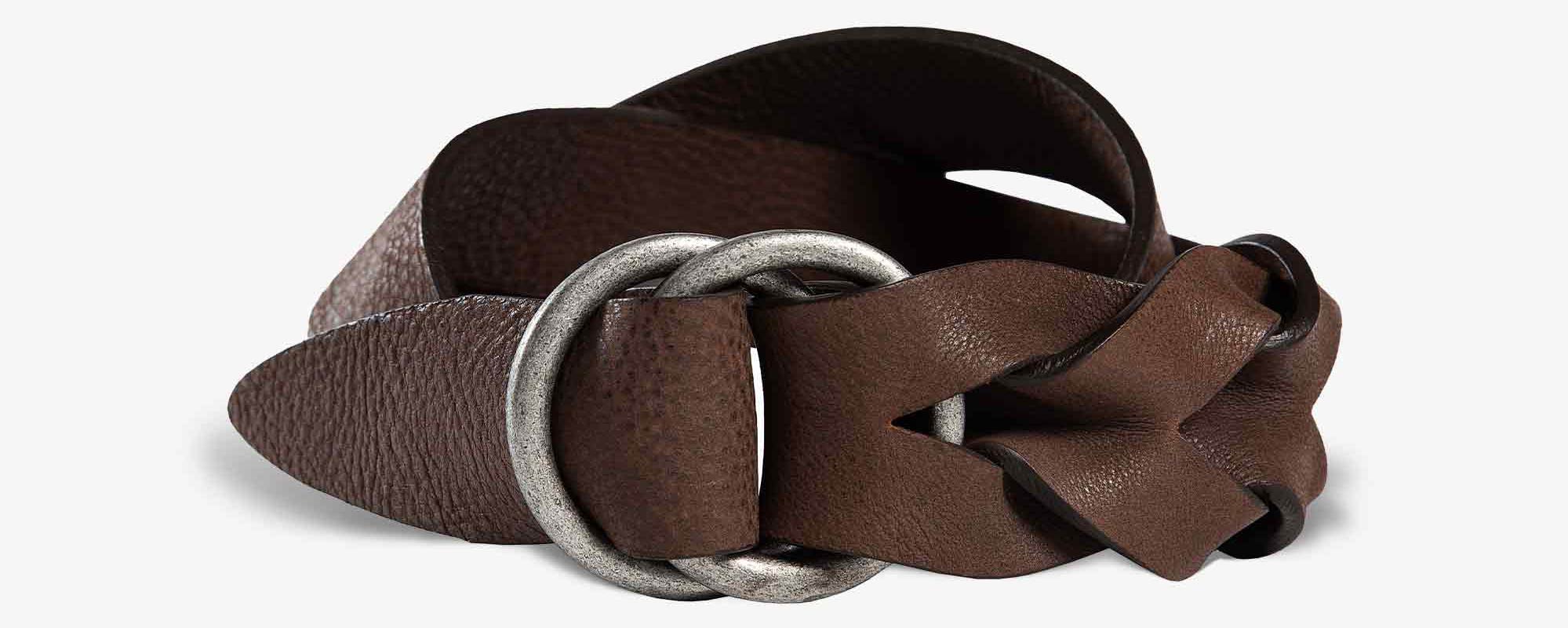
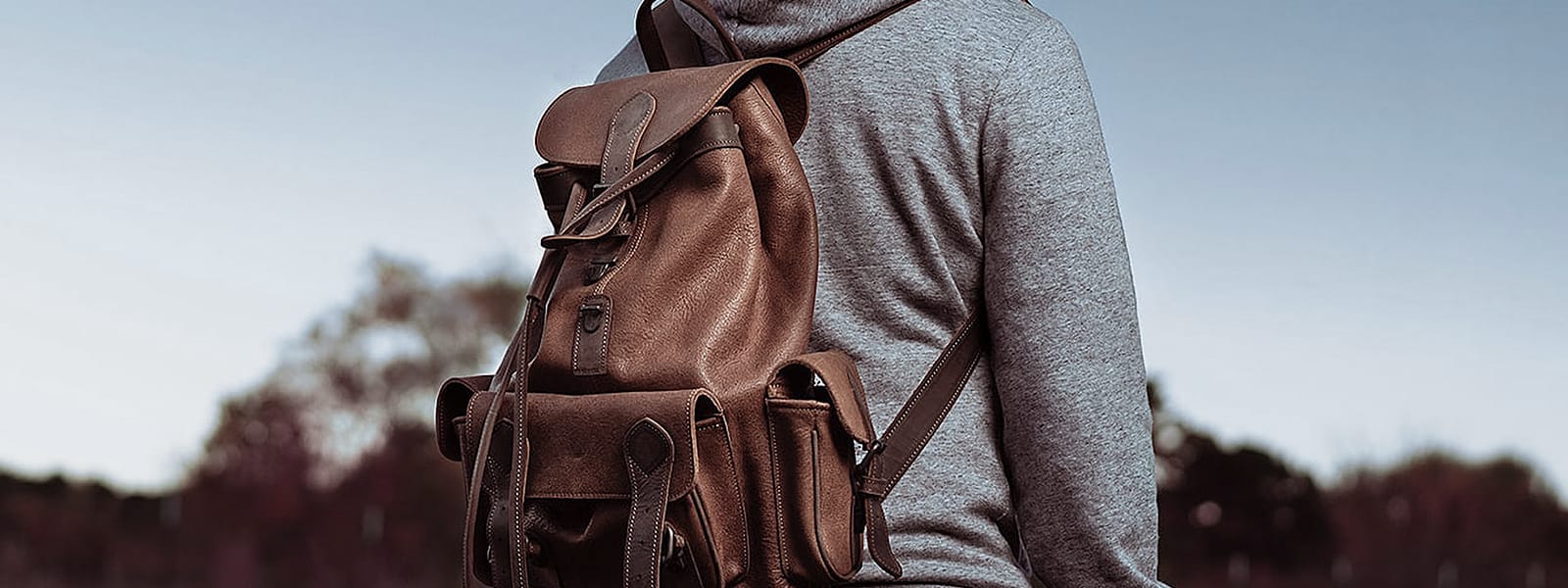
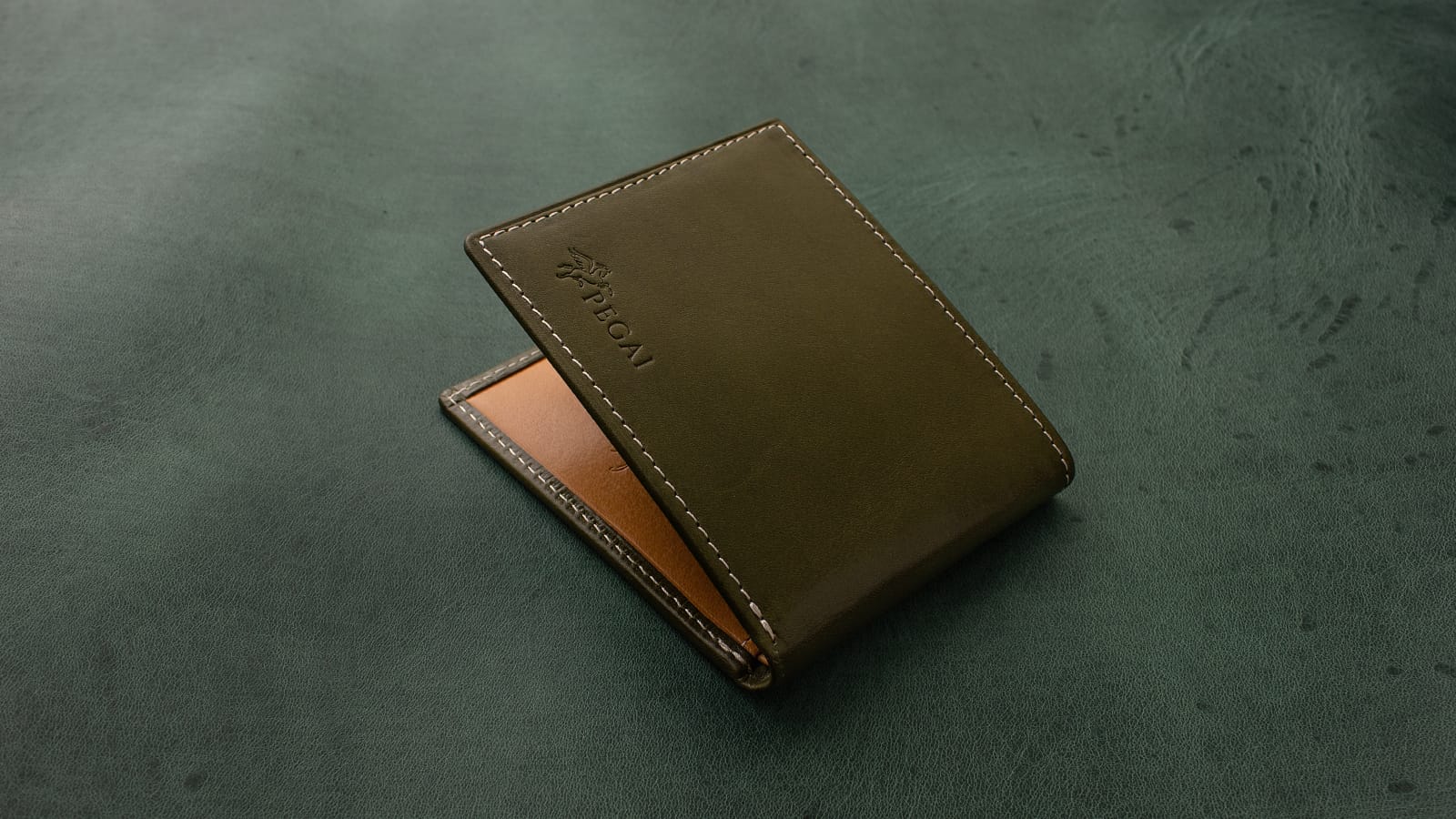
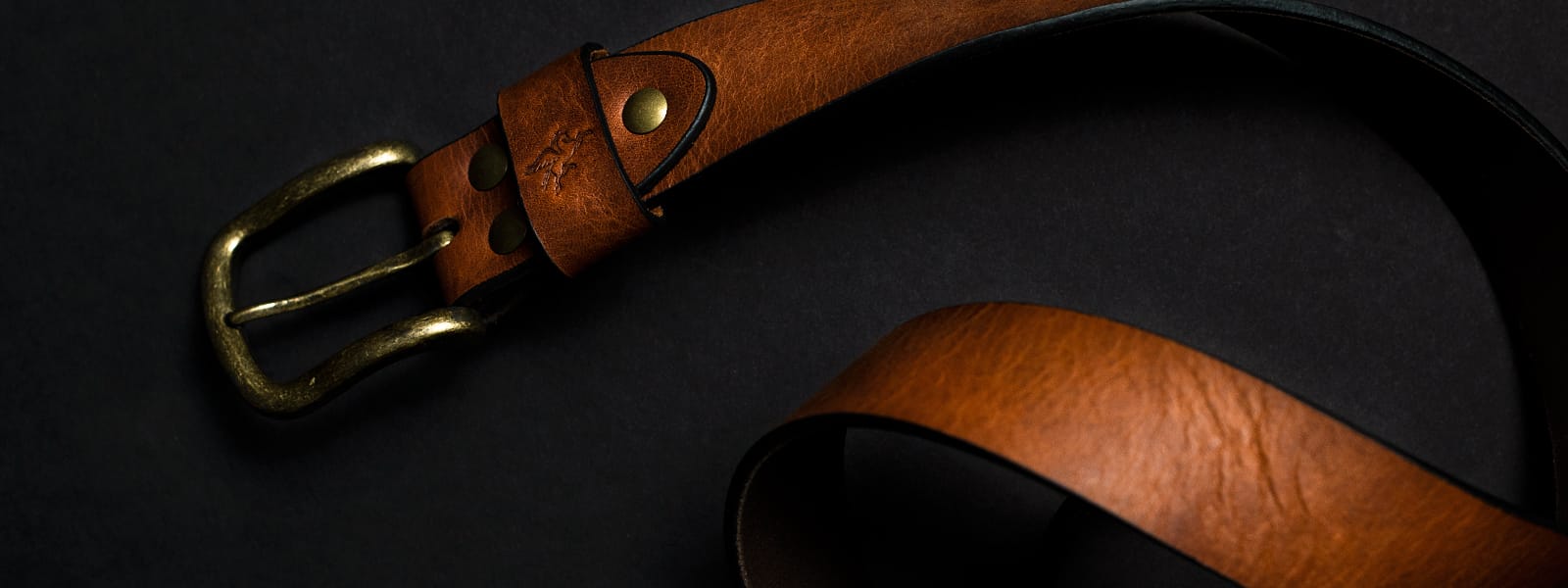

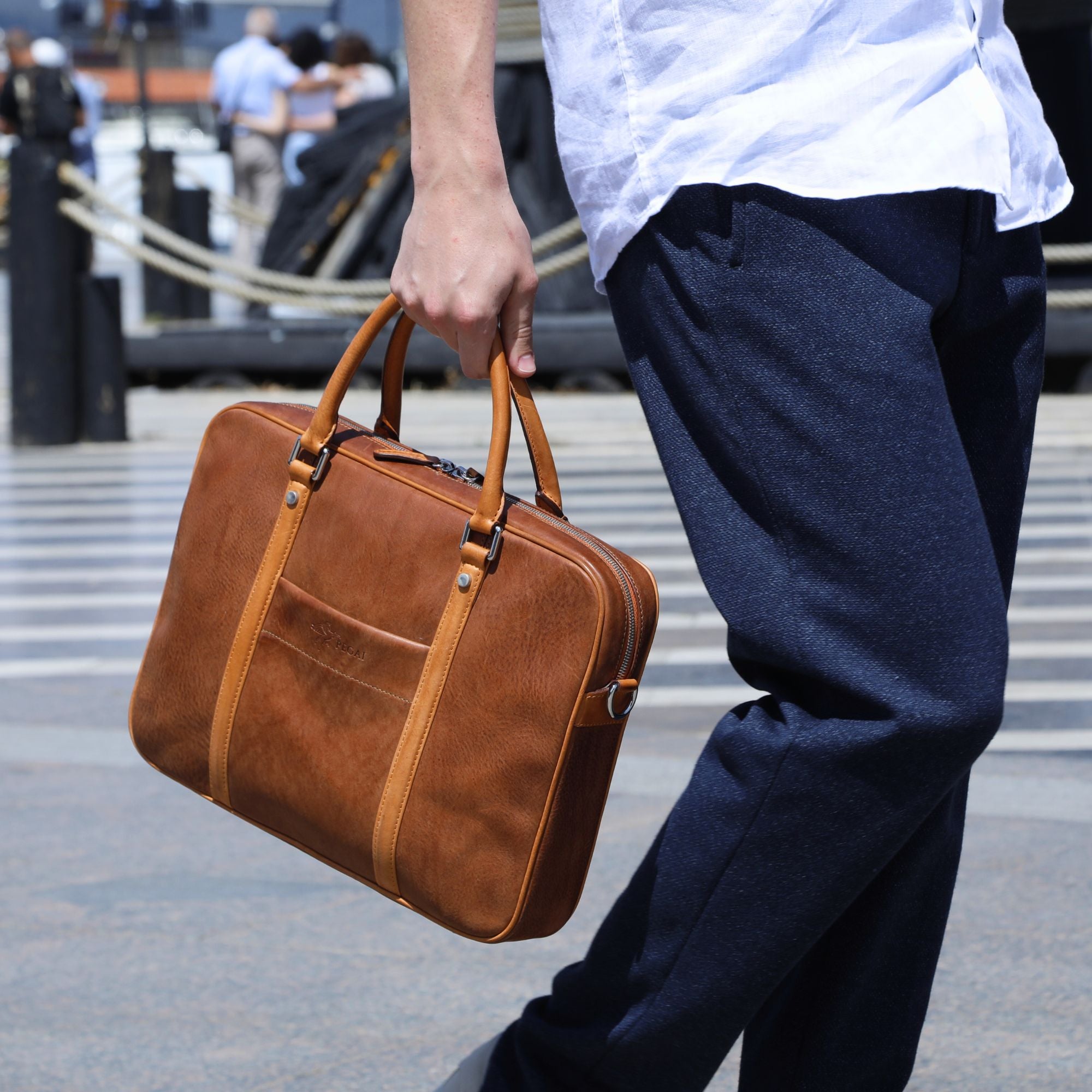
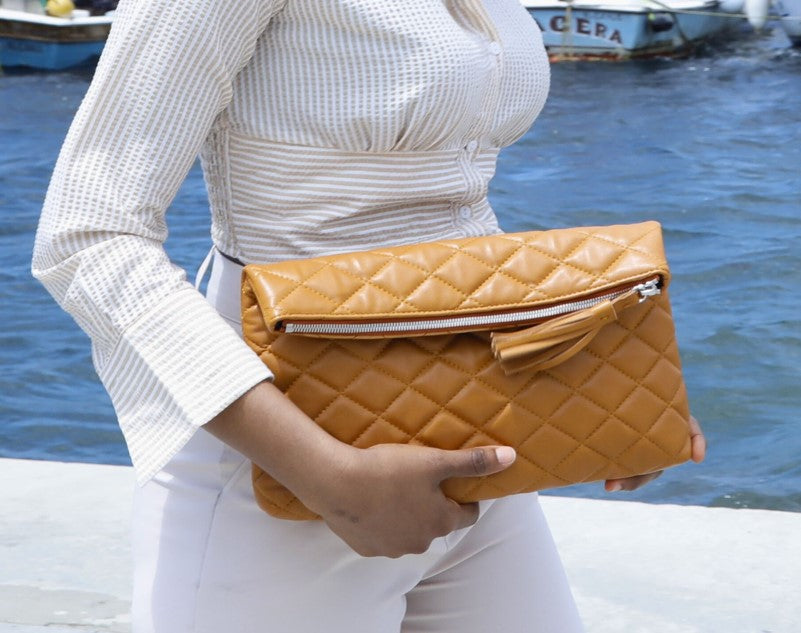
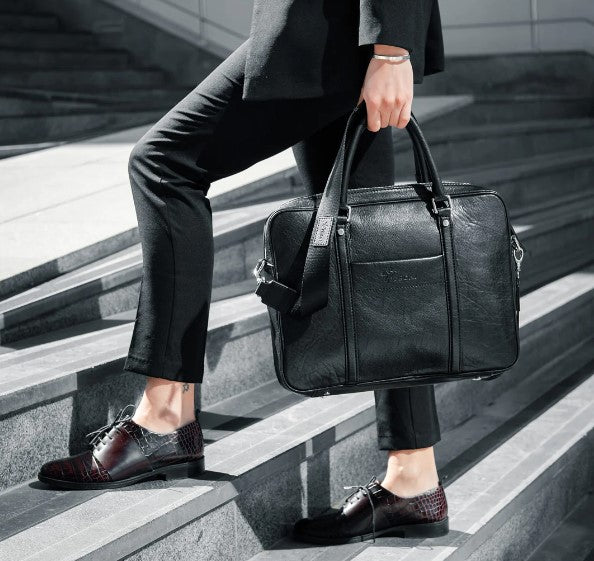
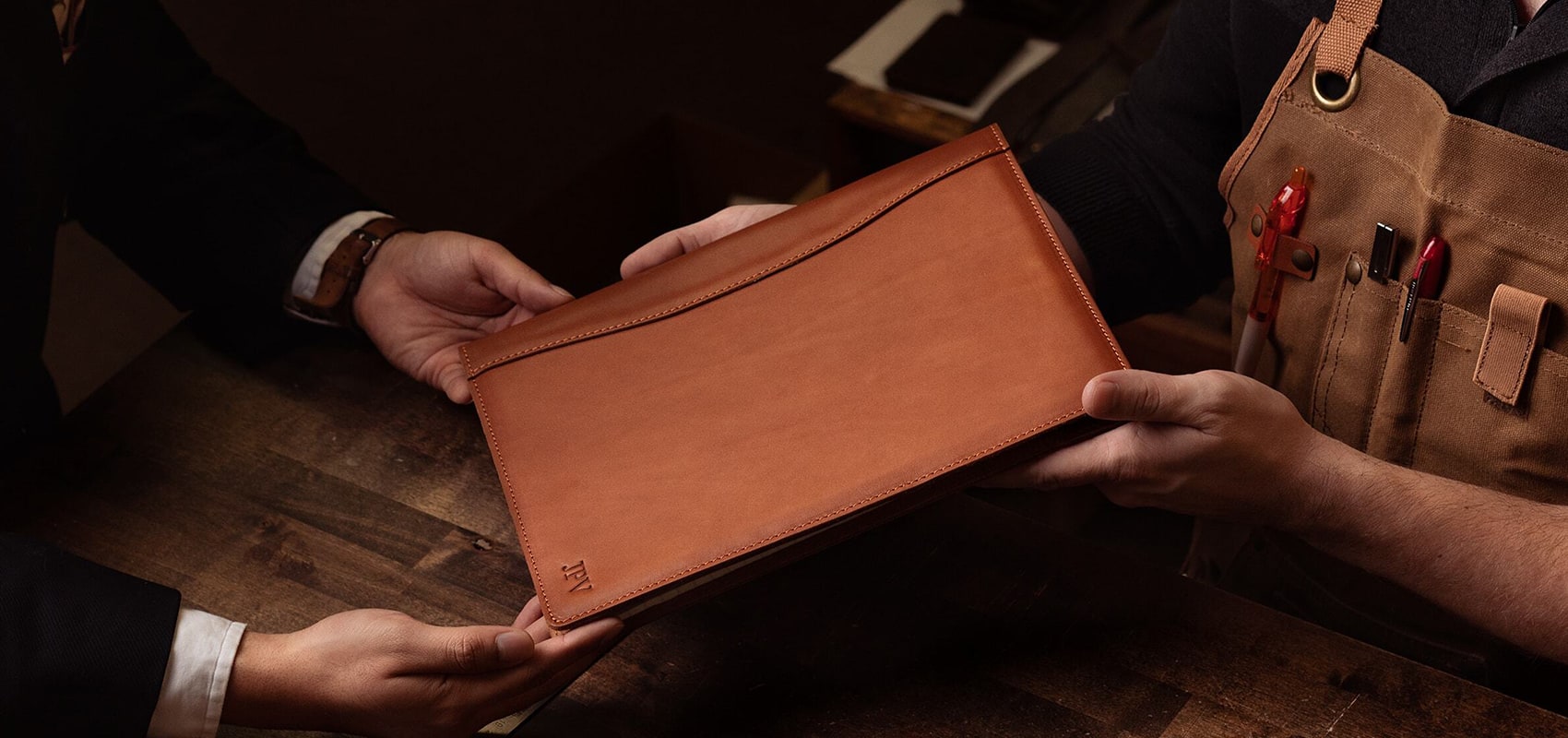
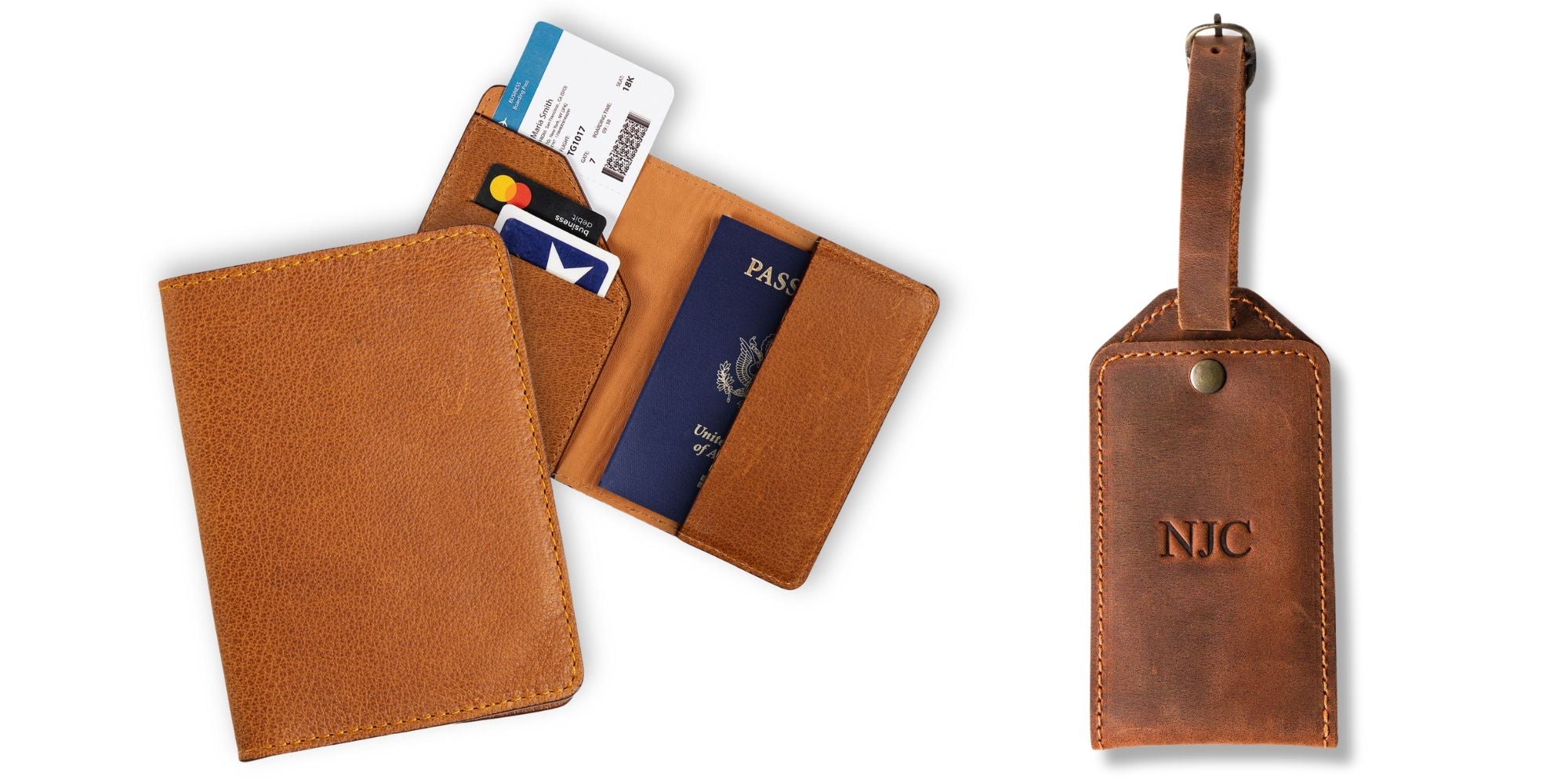
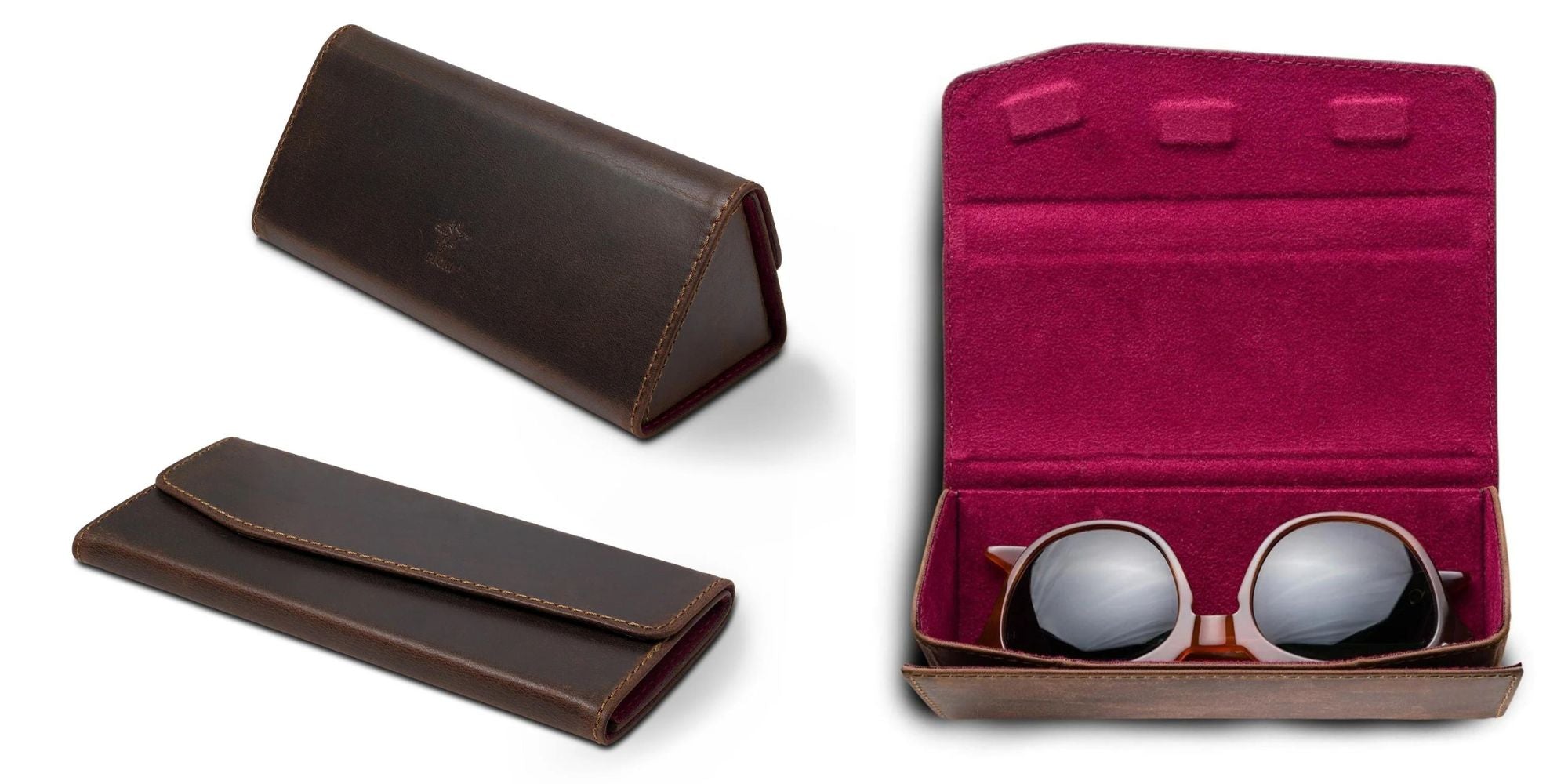


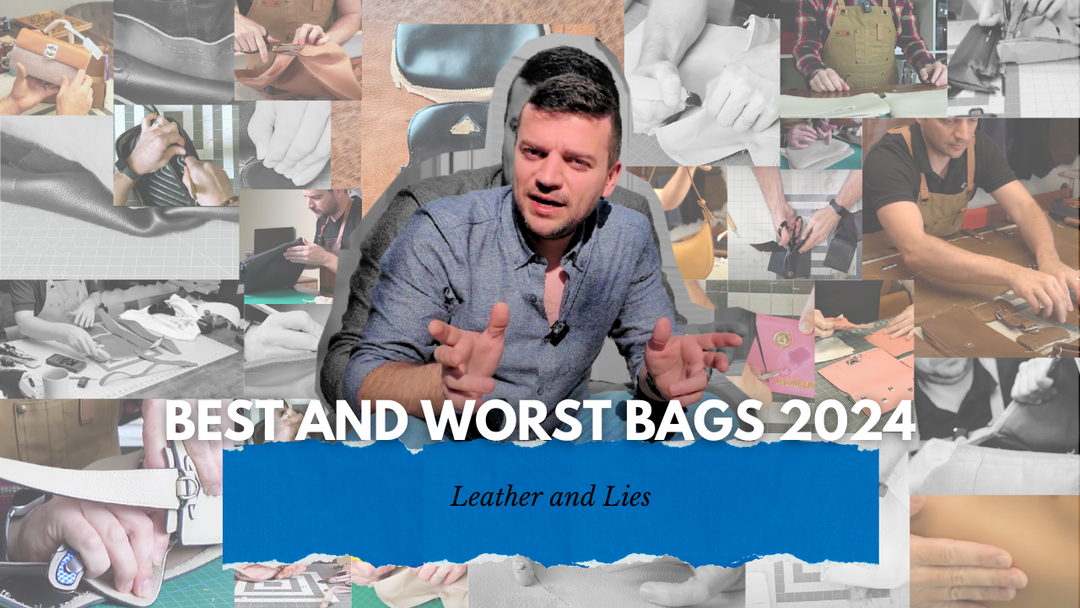
Leave a comment